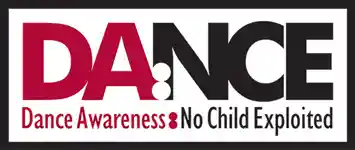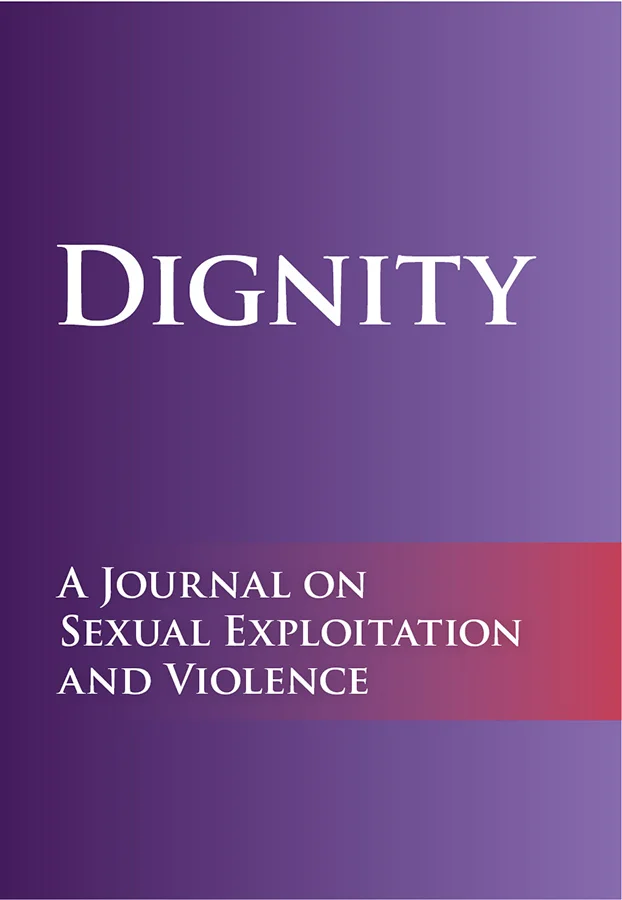
It happened slowly so I didn’t know it happened. I was 7 years old and everything was a blur. I thought that it was normal until the eye doctor tested my eyes and told my parents that I was almost legally blind. Perspective is everything. If you had asked me, I would have told you that I could see just fine. Then I was rescued by a pair of thick glasses decorated with 2 inch coke-bottle lens (and yes my glasses had butterflies and yes, I was teased). BUT I loved them because……………..

I could see. Clearly. Easily. When I put those glasses on for the first time, it was a visceral moment. An inside out moment. What I thought had been normal sight was way off. Ridiculously off. That story reminds me of the culture we live in. The NCOSE (National Center on Sexual Exploitation) CESE (Coalition to End Sexual Exploitation) Conference gives sight to the public health issue of pornography. Cultural blindness shifts as you hear, see, and understand experts from many academic fields articulate destructive outcomes affecting a pornified culture.
‘Healthy or Harmful: National Experts Talk About Children’s Dance’ was the title of the talk I presented. It’s a comprehensive discussion that connects the dots from hypersexualized children’s dance in adult costumes, choreography and music to the public health issue of pornography. The big picture perspective shows that normal is not normal. From blindness to light. Can I encourage you to listen to it and to share it in your relational world?
Now let me share more research-based information from several CESE talks:
Chris Mckenna from Protect Young Eyes spoke on the need for conversations with kids in the digital age. Did you know that Youtube has over 2 billion monthly users?  Younger and younger children are seeing pornographic images. Children don’t know what to do with porn exposure so they do nothing. In darkness, they don’t tell trusted adults about what they saw because of shame and fear. Then they begin to hide these incidents from their parents and that starts an underground cycle. Chris encourages parents not to react to their kids and has a phrase that he says is helpful: “It’s ok; it happens to everyone.” That comment relieves stress and helps a child feel safe. Adults also need to tell a child that it’s not their fault. In fact, we have put young people in digital places that were not designed for them. He recommends seeing this video: childhood 2.0
Younger and younger children are seeing pornographic images. Children don’t know what to do with porn exposure so they do nothing. In darkness, they don’t tell trusted adults about what they saw because of shame and fear. Then they begin to hide these incidents from their parents and that starts an underground cycle. Chris encourages parents not to react to their kids and has a phrase that he says is helpful: “It’s ok; it happens to everyone.” That comment relieves stress and helps a child feel safe. Adults also need to tell a child that it’s not their fault. In fact, we have put young people in digital places that were not designed for them. He recommends seeing this video: childhood 2.0
Chris also shared a digital trust framework with parental tools:
- Copy me: less is best, no digital devices up to 2; how adults use tech impacts what kids copy
- Co-play: shoulder to shoulder digital activities is a window into their hearts(we not me)
- Curiosity: condemnation is easy. Curiosity is hard. Are you genuinely interested in their life? Will they come to you in conversation if they feel condemned?
- Conversation: If our attitude is right, then our words will be right. Talk to your kids, grandkids, nieces about all the awkward things that no one talked to you about when you were a kid. If you don’t talk to them, then Dr. YOUTUBE, Dr. Tik-tok and Dr. Google will talk to them and their hours are 24/7.
- Coaching: Not just parental controls, but caring controls. Children will always know more technology than adults. They will always find ways to beat us. But if we invite them into the process-Agency(ownership)-watch them shine. Me with you, me for you, not me against you.
Chris said that your router was the most used device and under-appreciated home device. If you don’t understand it, then ask your kid to help (that’s coaching). Control the wifi in your house. Every internet device is co-owned and comes with monitoring of some kind. Start this conversation early.

Dr. John Foubert discussed the current research on ‘Parenting in the Porn Era’ with a book coming out in 2022. Dr. Foubert has been a porn expert for many years. I recommend his information. It’s always ‘hot off the press.’
Mary Sharpe spoke about porn impact on the brain. What is the brain’s effect? Porn rewires the brain; it’s as addictive as cocaine; the brain of compulsive porn users light up like cocaine users. Novelty makes our brains want something new. Escalation to Child Sexual Abuse Material (CSAM) occurs because abusers need more and more sexual abuse to stimulate them. Children are especially impacted:
- 70% of porn is accessed by mobile phones
- 115+ million visits per day
- 20-30% of users are children
- Pornography use went up 11% during covid
Last, Fareedah Shaheed talked about ‘Stranger Danger’. Her research shows:
- 40% in grades 4-8 reported that they connected online with a stranger
- Of the 40% surveyed, 53% gave their phone number to the stranger

Fareedah Shaheed
Ask children:
- What do you like about this platform?
- What don’t you like about this platform?
- What do you wish adults understood about this platform?
- Understand why online connections are important to them. Active listening without judgment will help build a better connection with kids so they’re more likely to listen to you.
Parents and caring adults should not be trapped by these thoughts:
- I’m not tech savvy
- I’m not social media savvy
- I don’t know anything about gaming
- These kids know more than me, how can I protect them?
Now let’s connect the dots and remember how these talks integrate with the dance industry. First, all adult hypersexualized music, choreography and costumes are not normal for children. When we allow children to be mini-adults, the research shows that this pattern is destructive. Second, hypersexualized dance videos(shared online) attract predators who share them with other predators. And adult predators want more. Third, predators often personally contact children that they see online without parental knowledge. Dance is a primary contact avenue for predators because hypersexualized dance is pornographic. Fourth, dancing and/or watching hypersexualized cultural dance models unhealthy relational patterns to children that they copy.
As I said in my talk, “A pornified culture blurs the line between childhood and adulthood. When we allow the hypersexualization of children by dancing in adult material, little people self-sexualize and are tricked into thinking that their real power is to look sexual.”
Let’s decide to see clearly. Cultural blindness is not normal.




